
Forest School is an independent school on the edge of Epping Forest, in Walthamstow, NE London. The school occupies a large campus around a terrace of Georgian houses with nineteenth century additions.
Until the early eighteenth century the Essex parishes of Walthamstow and Leyton were largely rural in character with a landscape dominated by marshland, farmland and forest. Georgian Walthamstow was a far cry from the modern borough of Waltham Forest and a contemporary writer described it as
“one of the largest and handsomest suburban villages near the Metropolis”.
Not surprisingly, the large families of the wealthy inhabitants led to an increased demand for good schools, particularly for boys, in both Walthamstow and Leyton Parish. In 1820 there were about five private schools in Walthamstow and almost as many in Leyton. The most famous was probably Dr Cogan’s ‘school for the sons of gentlemen’ at Essex Hall, Walthamstow. It was here that Benjamin Disraeli was a pupil until expelled for fighting.
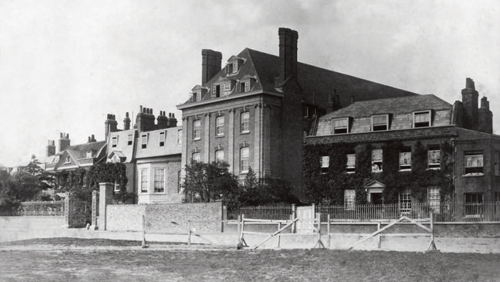
Originally founded in 1834 as a boys’ school, The Forest Proprietary School, it became Forest School in 1847. Girls were first accepted in 1981 and it is now one of the very few diamond structure schools in the country. The 1,300 boys and girls, aged between 4 and 18, are taught in single-sex classes from 7-16 before joining a coeducational Sixth Form. Around the original Georgian building are many additions, including a theatre, large computer centre, facilities for art, drama and design, and a performing arts extension. More recently, a large sports complex has been added, including two swimming pools and playing fields cover much of the 27 acres. Religious worship is in accordance with the Anglican faith and practice and all pupils are required to attend services in the chapel.
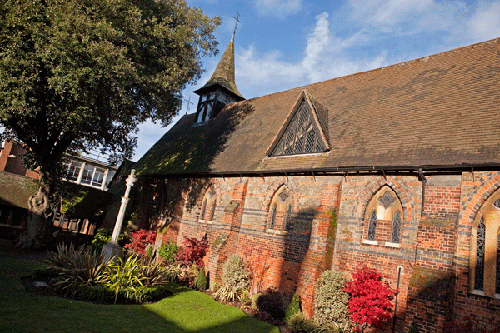
The Chapel of St John the Baptist was built in early English Gothic style by William White, a family friend of Sir Gilbert Scott in 1857 and enlarged in 1875 (which date appears on the foundation stone at the east end). It is listed Grade II.
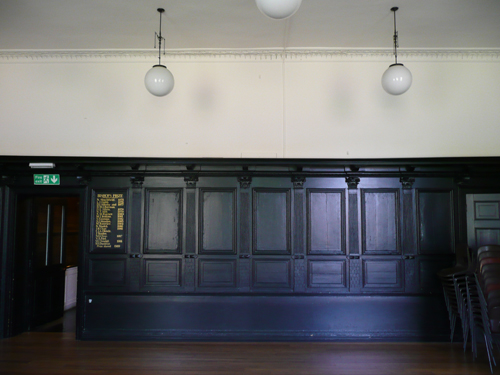
Originally the Dining Room, this room now serves as the Upper Library. The panelling clearly belongs to an earlier period than the school building.
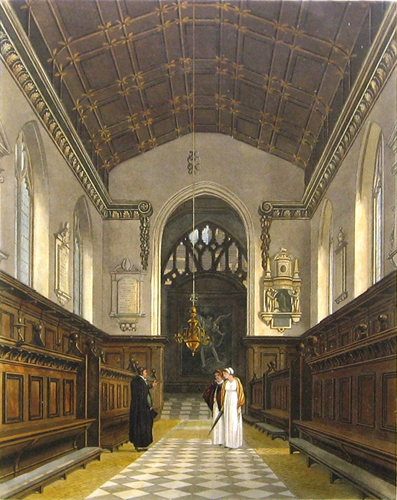
The chapel at Jesus College, Oxford was dedicated on 28th May 1621, and extended in 1636. In 1863, the architect George Edmund Street was appointed to renovate it. The arch of the chancel was widened, and the original Jacobean woodwork was removed. It found its way to Forest School courtesy of Street who was an architectural contemporary of William White and a friend of the Reverend Frederick Barlow Guy, Assistant Master at the school.
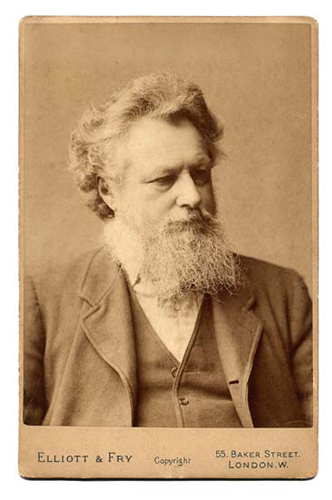
William Morris, textile designer, poet, novelist, translator, and socialist activist, had been born in Walthamstow in the same year that the school opened. Having been removed from Marlborough College after a few years he was privately tutored at home by Dr Guy. In 1879 he was to present the school with a banner, which can still be seen in a display case at the south end of the Dining Hall.
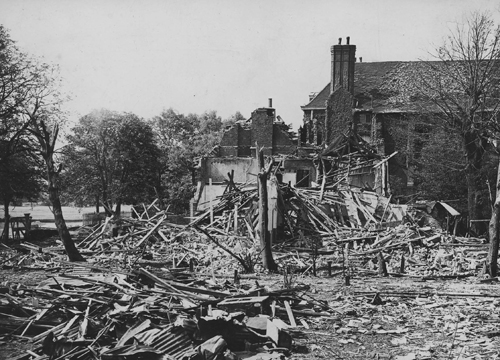
In August 1944 part of the site was hit by a V1 flying bomb.
The eighteenth century buildings and the nineteenth century gatepiers and railings are listed Grade II.
I was asked to provide advice for the decoration of the eighteenth century buildings and visited the school with the architectural historian Oliver Gerrish. I am grateful to Oliver for his help with the Jesus College connection.
Credit
I am also indebted to the Forest School and the Conservation Officer of the London Borough of Waltham Forest for information provided.











No comments yet. Be the first!